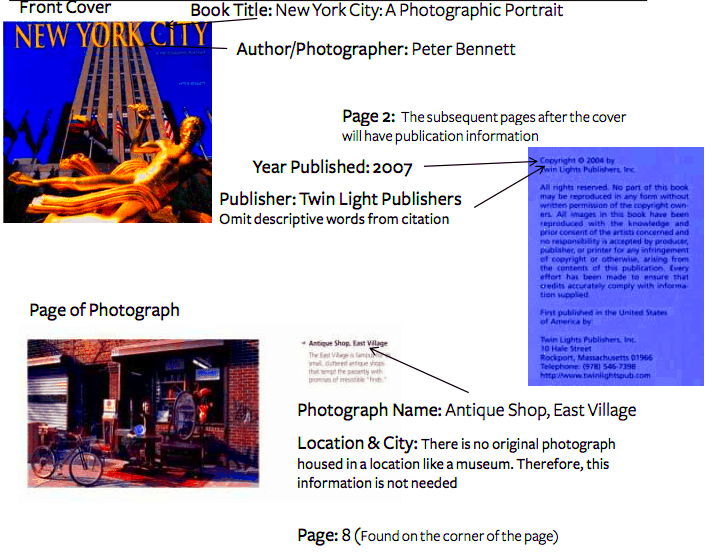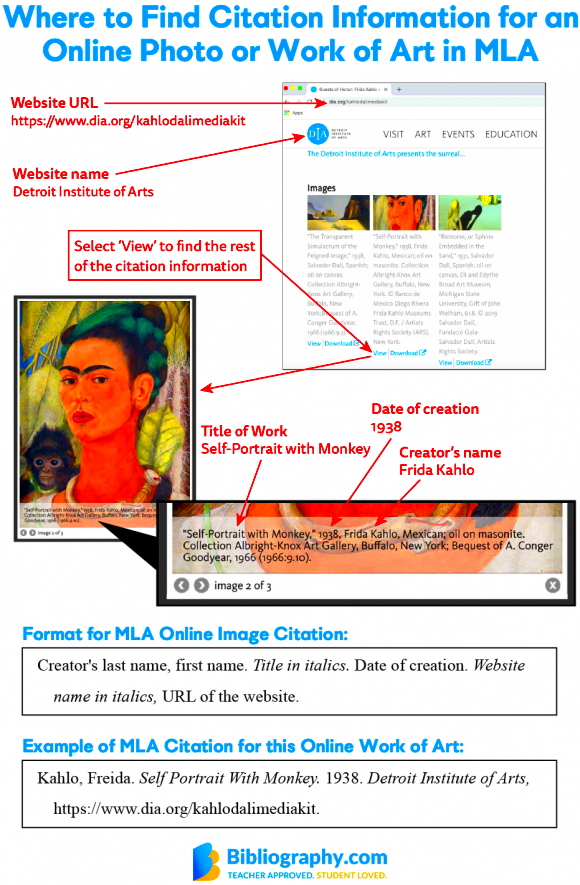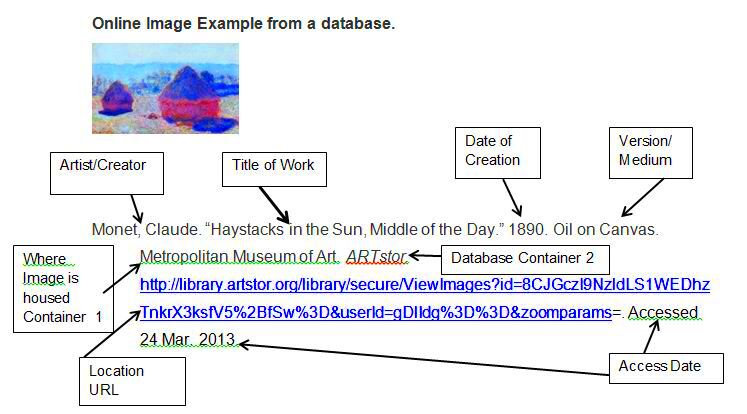Citing Shutterstock images is essential for a few reasons. First and foremost, it gives credit to the creators and respects their hard work. When you use someone else's images without acknowledging them, it can be seen as stealing, which is not only unethical but can also lead to legal issues. Additionally, proper citation can enhance your credibility. It shows your audience that you value originality and are committed to ethical practices. Furthermore, correctly citing your sources can help others find the images you used, creating a richer dialogue around the content you share. So, let's dive deeper into why this matters.
Types of Licenses for Shutterstock Images

Shutterstock offers a variety of licenses that dictate how you can use their images. Understanding these licenses is crucial for proper citation. Here’s a quick overview:
- Standard License: This license allows you to use images for most personal and commercial projects but has limitations on resale.
- Enhanced License: This license grants broader rights, including the ability to use images in merchandise and for unlimited print runs.
- Editorial License: This is meant for non-commercial use, typically for news or educational purposes, and cannot be used for promotional materials.
Always check the specific license associated with an image to ensure you're following the rules. Using an image without the right license can lead to complications down the line.
Also Read This: How to Make Cute DIY Dresses for Dolls
How to Find the Correct Citation Format

Finding the right citation format for Shutterstock images can be a bit tricky, but it’s important for maintaining integrity in your work. Here’s a simple guide to help you out:
- Identify the Image: Start by noting down the image title and the name of the photographer.
- Choose a Citation Style: Depending on your project, you may need to use different citation styles like APA, MLA, or Chicago. Here’s how to cite in a few common styles:
| Citation Style | Format |
|---|---|
| APA | Photographer's Last Name, First Initial. (Year). Title of image [Format]. Source. |
| MLA | Photographer's Last Name, First Name. Title of Image. Year. Source. |
| Chicago | Photographer's Last Name, First Name. Year. "Title of Image." Source. |
Always ensure that you provide accurate details for each element of the citation. This will help you avoid potential issues and give credit where it's due.
Also Read This: Can You Get NESN on YouTube TV? A Comprehensive Guide to Sports Network Availability
Steps to Cite Images from Shutterstock
Citing images from Shutterstock might seem daunting at first, but it’s a straightforward process once you know the steps. Here’s a simple guide to help you navigate the citation process smoothly:
- Download the Image: First, ensure you have the right license for the image you want to use. Download the image from Shutterstock, and make a note of its details.
- Gather Citation Information: Collect the necessary information for your citation. This usually includes the photographer's name, image title, year of publication, and the URL. If you’re using a specific format, be sure to follow its guidelines closely.
- Choose Your Citation Style: Decide which citation style you’re going to use—whether it’s APA, MLA, or another format. This will guide how you format your citation.
- Create Your Citation: Using the information you gathered, create your citation according to the chosen style. Ensure it follows the correct structure, as shown in the previous section.
- Include the Citation in Your Work: Place the citation in the appropriate location in your document, whether that’s in a footnote, bibliography, or directly below the image.
Following these steps will help you give proper credit to the creators while keeping your work professional and credible.
Also Read This: Is My Hero Ultra Rumble Cross Play Enabled
Common Mistakes to Avoid When Citing Images
Citing images might seem simple, but it's easy to make mistakes. Here are some common pitfalls to watch out for:
- Not Checking License Types: Always verify the license associated with the image. Using an image without proper licensing can lead to serious legal trouble.
- Omitting Key Information: Missing elements like the photographer's name or the publication date can make your citation incomplete.
- Incorrect Formatting: Different citation styles have specific rules. Ensure that you’re following the guidelines for the style you’ve chosen.
- Not Linking Back to the Source: If possible, include a hyperlink to the original image on Shutterstock. This helps others find the source and gives credit to the photographer.
By being aware of these common mistakes, you can ensure that your citations are accurate and effective.
Also Read This: Join the Community: A Comprehensive Guide to Become a Shutterstock Contributor
Tools and Resources for Citing Images
There are many tools and resources available to make the citation process easier. Here are some helpful options:
- Citation Generators: Websites like EasyBib or Citation Machine can automatically generate citations in various styles. Just input the details, and they do the rest!
- Style Guides: Reference guides from organizations like the American Psychological Association (APA) or the Modern Language Association (MLA) provide clear examples of how to cite images correctly.
- Image Management Tools: Tools like Zotero and Mendeley help manage your references and can assist with citation formatting.
- Shutterstock’s Own Resources: Shutterstock often provides guidelines on how to cite images correctly, so make sure to check their website for any specific instructions.
Utilizing these tools and resources can streamline the citation process and help you stay organized.
Also Read This: Enhance Your Behance Profile to Highlight Your Creative Work
Frequently Asked Questions
When it comes to citing Shutterstock images, many questions often arise. Here are some frequently asked questions that can help clarify common concerns:
What is the difference between the Standard and Enhanced License?
The Standard License allows for most personal and commercial use but has restrictions on resale and certain high-visibility projects. In contrast, the Enhanced License offers more flexibility, allowing unlimited print runs and use in merchandise.
Can I use Shutterstock images for social media?
Yes, you can use Shutterstock images on social media as long as you have the appropriate license. However, make sure to cite the image properly if required by your project guidelines.
How do I find the photographer's name for an image?
The photographer's name is typically listed in the image details on the Shutterstock website. Always check this information before using an image.
Do I need to provide a citation for every image I use?
Yes, it’s best practice to provide a citation for every image you use, as it gives credit to the creator and helps avoid legal issues.
Where should I include my citations?
You can include citations in a footnote, endnote, or bibliography. Additionally, it’s often helpful to place a brief citation directly below the image in your document.
Conclusion and Final Thoughts
Citing Shutterstock images properly is essential for maintaining ethical standards and respecting the work of creators. By understanding the different types of licenses, following the correct citation format, and avoiding common mistakes, you can enhance your credibility and protect yourself from legal repercussions. Remember to utilize available tools and resources to streamline the citation process. Happy citing!
